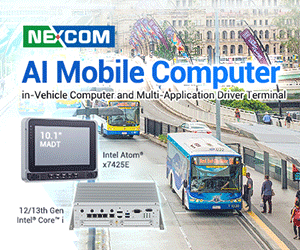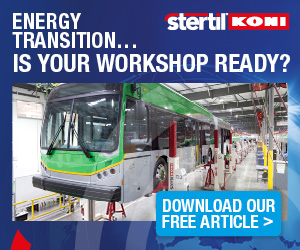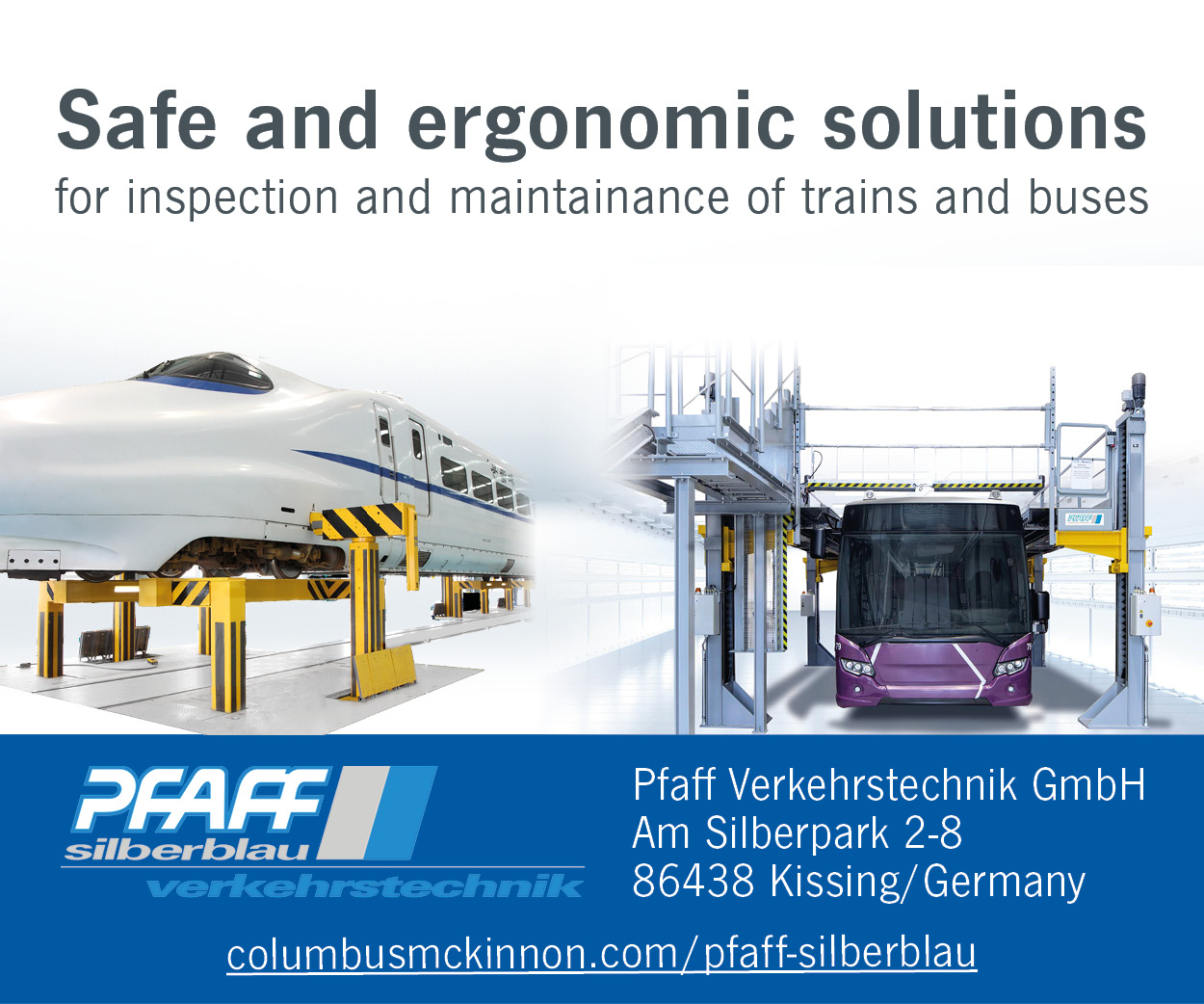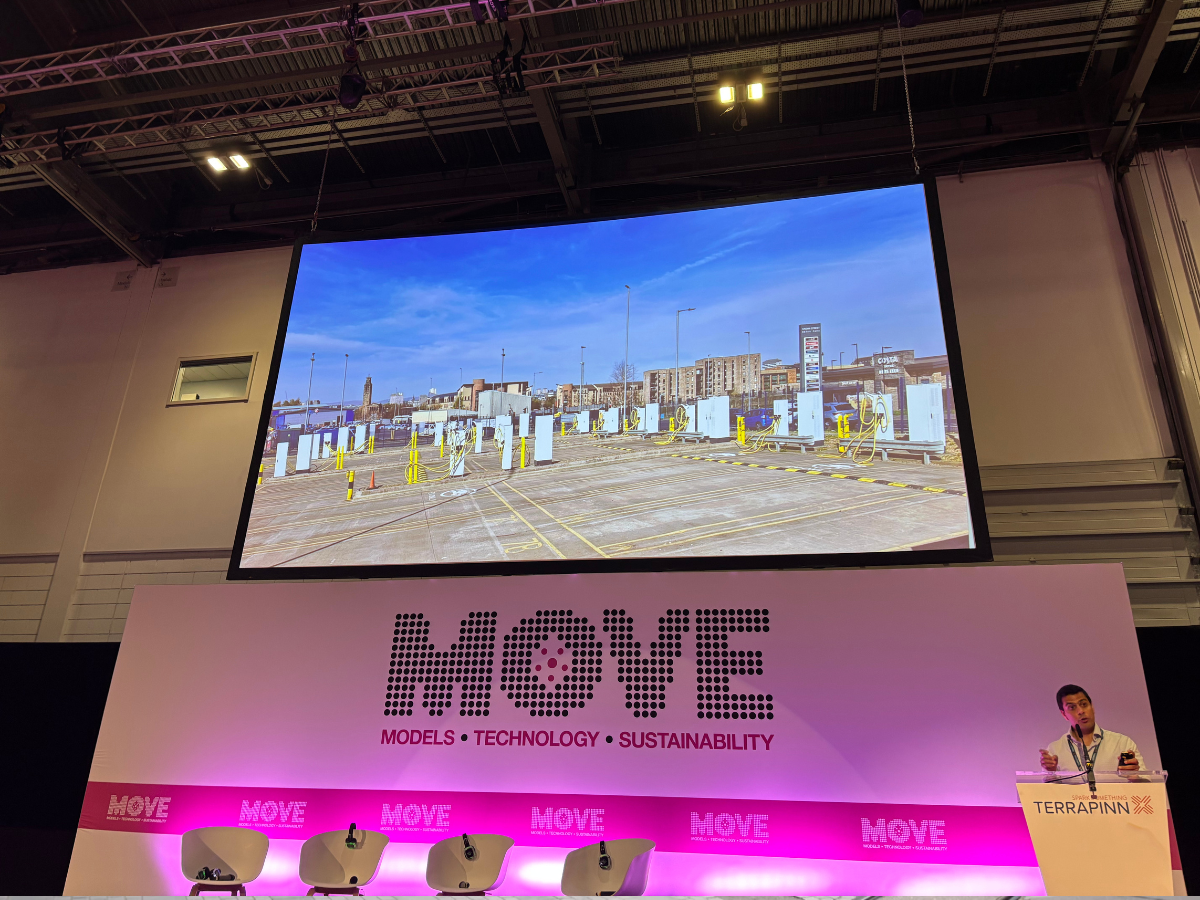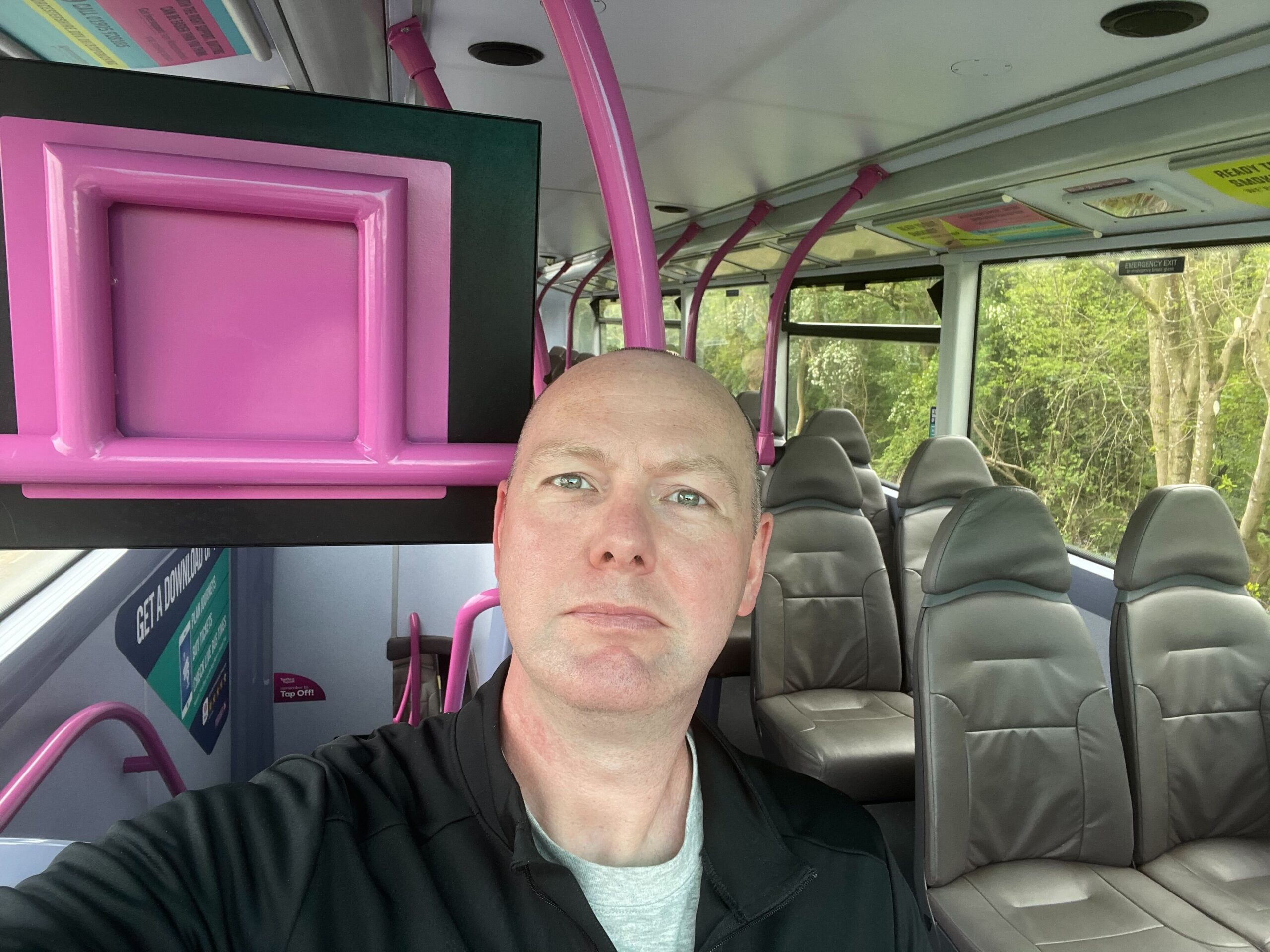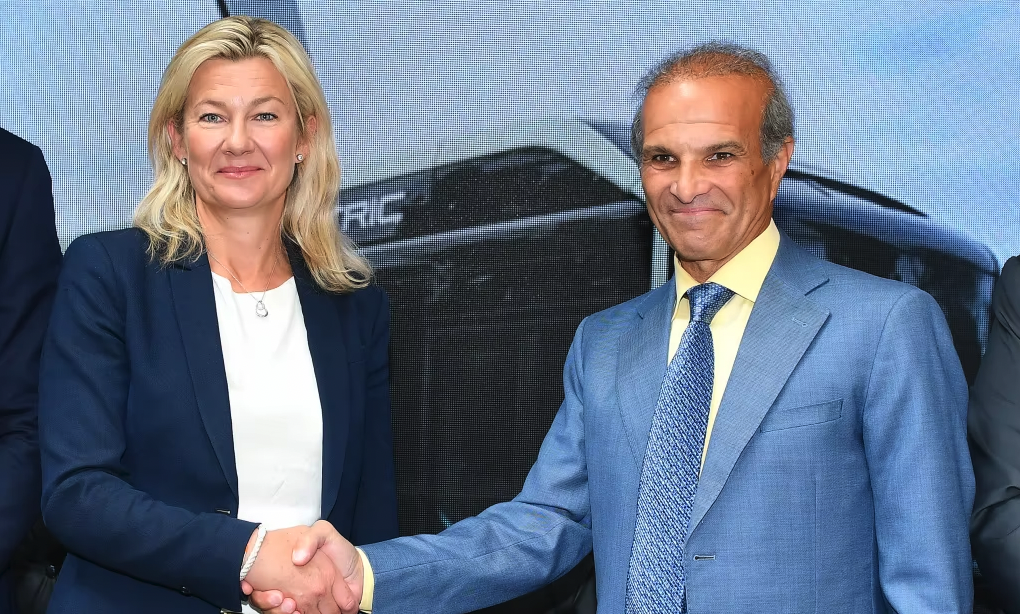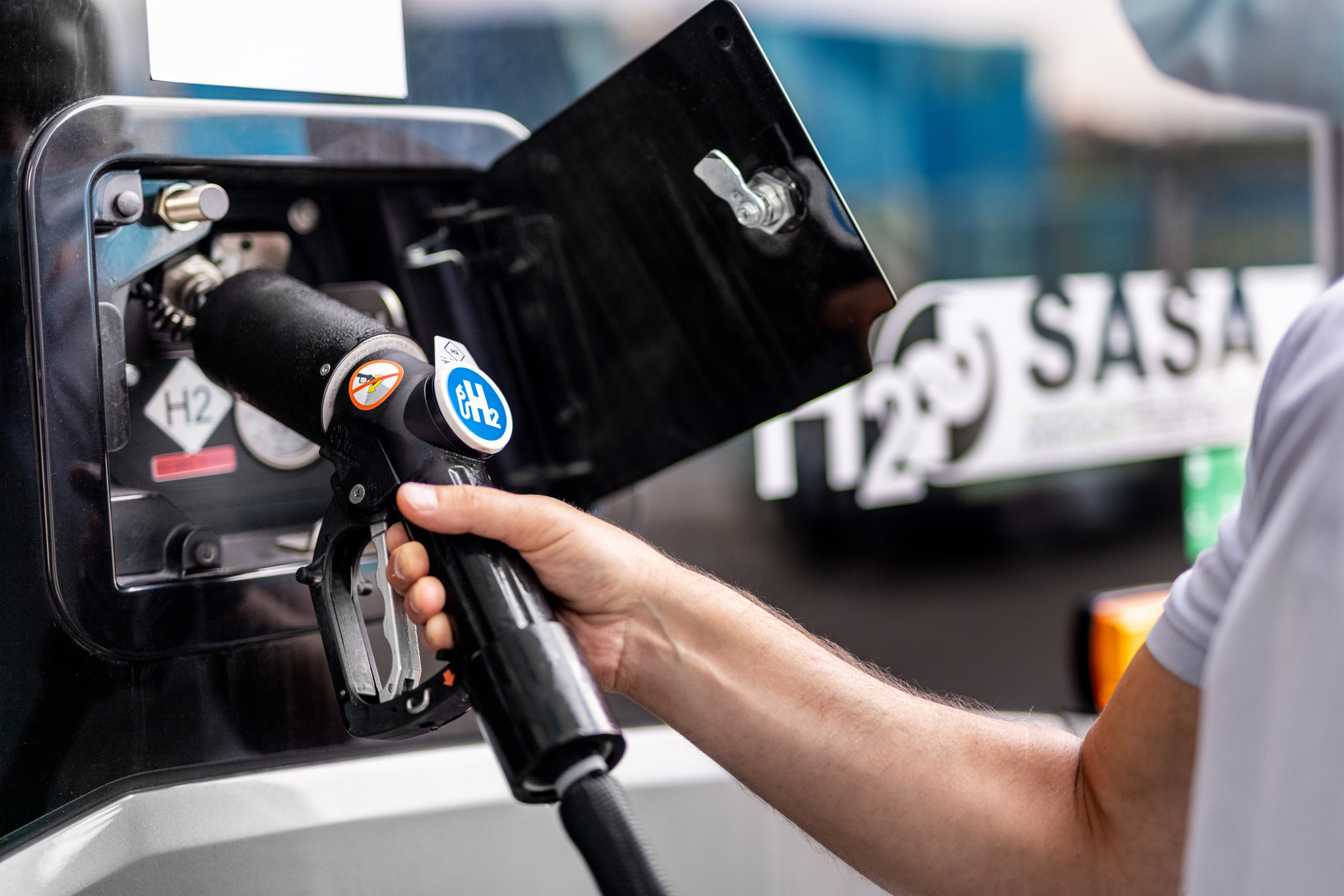At Global Mobility Call, the Rural Mobility Conference addressed one of the transport sector’s biggest challenges: how to improve connectivity for rural communities.
The event was organised by the Ministry of Transport, Mobility and Urban Agenda within the Spanish Presidency of the Council of the European Union (EU). In its opening session, Magda Kopczynska, Director General for Mobility and Transport at the European Commission, highlighted the importance of this topic across the continent, with over one in four European citizens currently living in rural areas.
As rural communities are often disconnected from public transport networks, these residents tend to have a strong reliance on private cars and have limited flexibility in how they travel. In Spain, this is driving people to move to better-connected regions and is thus leading to depopulation in rural areas.

The Rural Mobility Conference therefore emphasised the need to increase the attractiveness of rural areas through improved transport links that could enhance quality of life. This need is especially relevant for those who cannot drive, including young people, the elderly, people without access to a car, and those with disabilities.
Solutions
Fixed and DRT Bus Services
Flexible, demand-responsive-transit (DRT) services are key initiatives for complementing fixed bus routes and enabling people in rural areas to live without a car. These services provide shared transport by planning a route that can co-ordinate specific ride requests from multiple users.
As an example, during the Rural Mobility Conference, Blathin McElligott, Rural Transport Programme Manager for Ireland’s National Transport Authority (NTA), presented the ongoing success of the NTA’s Rural Transport Programme, known as TFI Local Link.
TFI Local Link operates around 1,350 Door to Door DRT bus services to complement a network of over 90 Regular Rural routes, which run on fixed routes between towns and villages, following a scheduled timetable.
This network, formed of both regular and DRT services, aims to help overcome rural isolation and enhance the mobility of residents, especially those at risk of social exclusion.

The success of TFI Local Link is reflected in its ridership figures, which have exceeded all other NTA services in recovering from the pandemic. Indeed, 2.5 million passengers used the service in 2019, with this figure rising to 2.8 million in 2022, demonstrating a recovery of 112%. It is also worth noting that during the pandemic, these services continued to transport goods and shopping to rural communities, thus remaining valuable to the communities they serve.
In 2023, the demand for these bus links continues to rise, partly due to over 100,000 Ukrainian refugees moving to rural areas of Ireland without access to their own cars.
In addition, McElligott highlighted that several initiatives implemented by NTA have helped further improve ridership, such as new and enlarged routes, discounted fares and easier ticket options, including the extension of the Leap Card contactless smart card and the TFI Gold app.
Intermodality
To extend the range of these services, bus routes should also be complemented by, and should complement, other modes of transport to provide a complete package of mobility solutions.
Brendan Finn, Manager of the SMARTA-NET project, which aims to promote sustainable and resilient mobility connections between and within rural areas in the EU, advocated that this toolbox should include fixed route buses, DRT services, car-sharing and car-pooling schemes, and shared and private micrombility vehicles.
This sentiment was echoed by Adrián Fernández Carrasco, CEO of the Spanish Railways Foundation, who spoke of the need to create greenways to connect rural towns and villages with suitable cycling trails. Otherwise, he noted that options were generally limited to dangerous roads or unkept rural paths, which do not encourage people to use micromobility options.
To further promote the use of multimodal travel options, it is also beneficial to provide seamless planning and ticketing options across multiple modes of transport. For example, at the conference, James Lancaster, Head of European Mobility at Enterprise Holdings, presented the success of the Go-Hi Mobility-as-a-service (MaaS) app in the Highlands of Scotland. This app provides an effective and comprehensive integrated travel tool that incorporates air, ferry, rail, bus, DRT, car sharing and bike hire services.
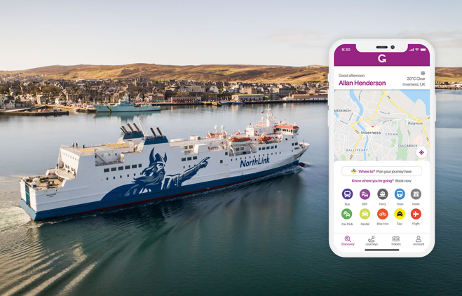
By effectively deploying this solution in an area with a challenging geography and limited public transport options, the rollout of Go-Hi has highlighted the significant potential of implementing digital solutions to improve mobility.
Challenges
To support the continued introduction of these solutions, projects such as SMARTA-NET aim to pave the way for widespread connectivity. As part of this project, the European Rural Mobility Network (ERMN), which consists of 15 countries, is working to establish guidelines for good practices and implement training and support for their rollout.
However, in doing so, it is faced with major challenges such as how to deliver effective solutions at the required scale, how to determine and measure levels of rural accessibility and connectivity, and how to encourage increased ridership to shift transport habits.
Scale
Brendan Finn, Manager of the SMARTA-NET project acknowledged that scale was currently the biggest challenge in improving rural connectivity, with 130 million people currently living in rural areas across Europe.
Finn said:130 million people is the population of Germany and France combined, or it's the population of the 30 biggest cities in Europe. Just think about the amount of transportation, supply and investment that is made for the 30 biggest cities in Europe. That is the scale we are talking about. And remember, in rural areas, people have to travel for more things and they have to travel further. So the sheer volume is not understood.
Much of what is done quite rightly is getting things started: a pilot or a demonstration. But there's no scaling up.
Significantly, the financial investment required to scale up services is also a major barrier. Indeed, Alexandra Brown, Head of Strategy and Health Measures for the UK Department for Transport’s (DfT) International Travel Programme noted that the UK’s Rural Mobility Fund had enabled the rollout of DRT services in 15 rural areas, with these services requiring subsidies of 2 to 5 GPB per passenger.
Due to this financial implication, limited funds indubitably lead to limited services and limited mobility options.
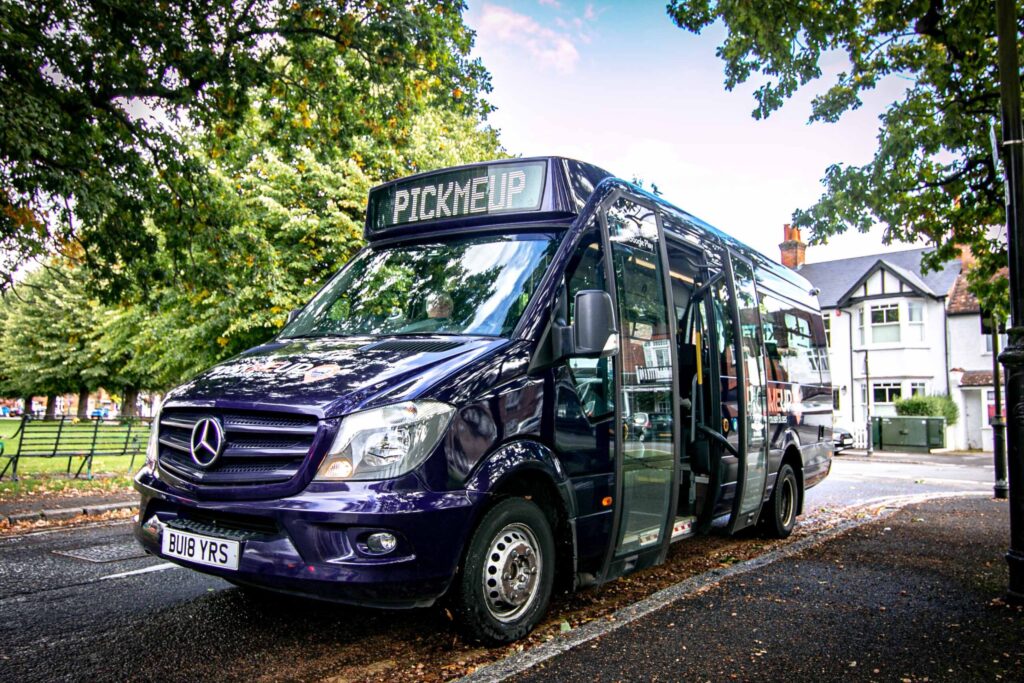
What’s more, to deploy useful and viable solutions, existing services cannot simply be replicated across all rural locations. Instead, factors such as the geographic conditions, the distance to existing transport networks, and the population density and demographics of an area should be evaluated to determine how best to serve each community.
Data is therefore needed to understand the mobility needs of varied rural areas and to measure levels of mobility deprivation prior to delivering the relevant solutions.
To address this need, Spain’s Mesa de Movilidad Rural (Rural Mobility Roundtable) is working to analyse the scope of supply and demand across the country by determining how far each population is from the network. Angeles Marín, Director of the Mobility Strategy Office in Spain, stated that in doing so, this initiative aims to diagnose the state of mobility today and determine how it should be in the future. This approach will develop a system for measuring the success of pilot projects in different areas to identify good practices to be spread throughout appropriate territories.
Participation
For a service to be successful, it needs to attract appropriate ridership levels, which will in turn improve its financial viability.
Brendan Finn consequently advocated for the need to work directly with communities to build awareness and ridership. He also acknowledged the potential of community-based solutions, such as BürgerBus in Germany, that are run by the communities themselves to better understand residents’ needs compared to an external operator.
Indeed, BürgerBus is a volunteer-based community transport service operating in rural areas across Germany in Baden-Württemberg, Lower Saxony and North Rhine-Westphalia. Its operation is supported by volunteer drivers and financial support at the state level.
Currently, around 350 BürgerBus services operate in Germany and this system is thus recognised as a “good practice” by the SMARTA-NET project.

As part of deploying attractive services, effective marketing, reliable journey planning information, and simple ticketing, such the implementation of the Leap Card on TFI Local Link services, can also help increase ridership.
However, in areas with particularly sparse populations, it may be necessary to explore additional solutions to ensure the concept of shared transport remains financially and sustainably viable. For example, Antonio García Pastor, President of Bus Committee at UITP acknowledged the potential to combine passenger transport services with freight transport and package deliveries.
Overall, although the rollout of effective transport services in rural areas is a significant challenge, the Rural Mobility Conference at Global Mobility Call highlighted the promising work and initiatives that are underway for addressing and overcoming these hurdles.
The event emphasised that rural mobility is very much on the agenda for the EU and its importance in reducing reliance on private cars to protect the environment and enhance quality of life for the millions of people living in rural areas is not forgotten.




